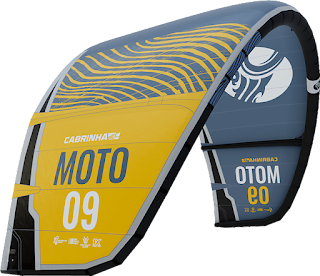How Fast Do Kite Surfers Ride?
kiteboarders generally ride at the speed of 15 to 25 miles per hour. Kiteboarders sometimes go faster than 25 miles per hour to 40 mph in the right wind, right water conditions, and using a good kiteboard for the ride. An expert kiteboarder can ride at the speed of 50mph to a maximum of 60 mph.
There are many factors that affect the speed of the kiteboarders like wind, water conditions, kite type, size and weight of racer, and mainly technique. Fast riding needs time and practice and at the cost of comfort and safety.
How fast can a racer ride when kitesurfing?
These are some real-life examples of kitesurf riding speed as measured by various riders over different races using a kiteboarding GPS.
- 28 mph for a typical session
- A twin tip was tested at 40 mph on perfectly smooth water.
- Regular cruising at 29-32 km on a 132-cm board and a 14-m kite
- Riding too fast on a 12m: 44 mph peak (3s) and 40 mph continuous
- In winds of 25 knots,
- A 16-meter kite travels at about 30 mph.
- Racing kites at 40 mph
Riding at the speed of 15 to 20 mph in an average water and wind condition is safe and comfortable according to most of the riders.
You'll also feel safer and more in control if you're riding a directed surfboard in waves.
In general, the faster the wind is the faster your ride will be.
A kite rider can ride much faster in stable wind conditions. Another factor is the apparent wind, wind produced by the movement of the board itself.
As a result, a normal rider can ride extremely faster than wind speed, sometimes double that wind speed. A rider can go at least 20 knots (23mph) in the 18-knot wind without any movement action, and much quicker under suitable conditions.
Besides wind conditions responsible for speed, other factors that are responsible for the maximum speed you can reach include:
- Kite type: To accelerate the speed delta and bow kites can be taken, they are more suitable than C-kites
- Riding technique: To speed up your ride, you need to ride with the right technique.
- Board shape and size: The big and narrow boards can contribute to more speed on a flat water surface. You need a board that is a rocker to avoid friction of water. Boards are generally in asymmetrical shapes that come in the pointy nose to speed up the race, they are more dynamic.
- Kite Size: Heavey riders or big jumpers normally ride overpowered. To improve your ride speed, you need a big kite, for example, an 80 kg rider riding a 20m kite knots.
To know more visit Website.




Comments
Post a Comment